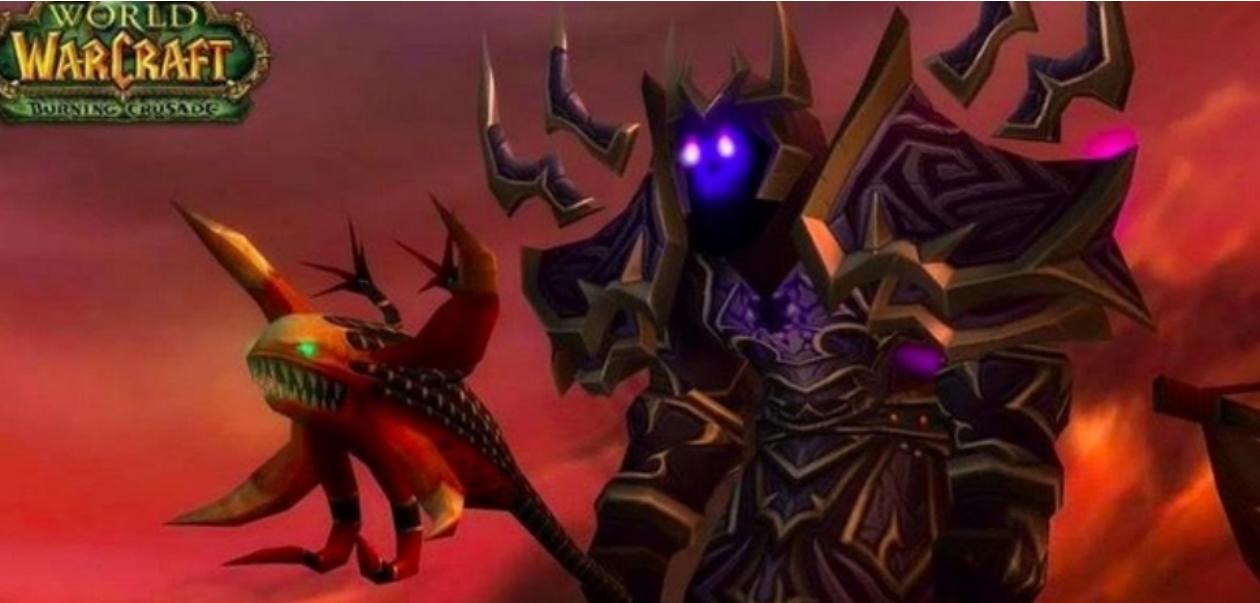From the success of Web2 games to the vision of Web3 games: Breaking out of the "death spiral" with the "three-token economic model"
Author: Galaxy Blitz
The topic of Web2 games is very broad. Currently, free-to-play games represented by "in-app purchases" account for a significant portion of the gaming industry revenue, reaching 74%. Therefore, it can be said that "free to play" games with "in-app purchases" have become the mainstream in the gaming industry, and we will mainly analyze "in-app purchase" games.

Before analyzing "in-app purchase" games, the author would like to introduce a concept from economics called "price discrimination." In simple terms, it refers to the practice of charging different prices for the same product. If a product can be sold at exactly the price each consumer is willing to pay, the manufacturer can maximize its revenue. For example, a bottle of water sells for $1 in a supermarket, but if Bill Gates is about to die of thirst in the desert, the price he is willing to pay for a bottle of water could be $1 billion. At that moment, the water seller could sell the water to Bill Gates and make $1 billion.
Price discrimination is very common around us, including but not limited to: big data pricing, limited-time discounts, buy more get more, coupons, which are essentially applications of this concept.
In "in-app purchase" games, due to their high production costs and low distribution costs, they are quite suitable for utilizing price discrimination. Taking "Genshin Impact" as an example, a specific character has a set expected price: 15,000 Primogems (gacha resources). This means that by aggregating all players' gacha data, the final result will be infinitely close to the frequency of getting a featured character for every 15,000 Primogems. And 15,000 Primogems, when converted to our commonly used currency, is 1,200 yuan.
I can assure you that more than half of the people present would not want to spend 1,200 yuan to pull for Raiden Shogun. However, you will notice a fascinating phenomenon: clearly, you did not spend that much, yet you still own Raiden Shogun?
This is because the game has, in various ways, lowered the actual selling price of the product.
For example:
Suppose you are a paying player, and your expected price for Raiden Shogun is 700 yuan.
However, unfortunately, "Genshin Impact" has set her price at 1,200 yuan.
At this point, would you give up spending?
No, because "Genshin Impact" has thoughtfully prepared many free Primogems for you.
If "Genshin Impact" has conveniently provided you with 500 yuan worth of Primogems, would you spend or not?
You would spend, because at this point, the real price of Raiden Shogun has dropped from 1,200 yuan to 700 yuan, aligning with your psychological expectation.
For the manufacturer, they have indeed earned that 700 yuan.
If they did not provide these Primogems in-game to subtly lower the actual price of the product, the manufacturer would not be able to earn that 700 yuan from you.
Similarly, for someone whose expected psychological price is 800 yuan, the manufacturer can earn 800; for someone with an expected psychological price of 1,000, the manufacturer can earn 1,000.
The economic term "price discrimination" allows "Genshin Impact," which has production costs only 1/8 of "Red Dead Redemption 2" (Red Dead Redemption 2: $800 million; Genshin Impact: $100 million), to achieve 30 times the LTV of "Red Dead Redemption 2." (Red Dead Redemption 2: 45 million copies sold over four years, $2.1 billion, total sales have basically stabilized; Genshin Impact: just in 2021, revenue reached $5 billion, and in the first half of 2022, it surpassed $5 billion, with continuous growth in the second half, estimated LTV could reach $70 billion, LTV is the total value of the product's lifecycle, which is the total economic benefit the company receives from all interactions with users.)
The market size of "in-app purchase" games, according to consulting firm Newzoo, is expected to reach $170 billion in 2023.

So what can Web3 economics learn from this?
We can first analyze the economic failures of games like Axie and Steppen. Their failure can be partly attributed to not implementing price discrimination. How to understand this? For example, if a player is willing to pay $100 for breeding, but the price of SLP has dropped to $0.002454, and the breeding cost (150 SLP) is only $0.4, the net loss for gold farmers or manufacturers at this point is $99.6.
Recently, a new Web3 game, "Galaxy Blitz," intends to use a new economic model to achieve "price discrimination." This is an MMOSLG mobile game. Here, do not underestimate SLG games; unlike the lukewarm prototypes of Stpen and Axie in Web2 (Axie's turn-based PK gameplay is already 20 years old, and Stpen's prototype, like Gudong Sports, has also been continuously losing money), MMOSLG games are very lucrative both overseas and domestically. For example, "Clash of Clans" has a total revenue of $9 billion to date, and it still earns $500 million annually.
According to Sensor Tower statistics, MMOSLG mobile games are the second largest segment in the gaming industry, next to MMORPG mobile games. The $500 million to $2 billion annual revenue club includes more than ten games such as "Rise of Kingdoms," "King of Avalon," "Street Mob," and "Doomsday Chaos." The $100 million to $500 million annual revenue club includes over 40 games such as "War Medal," "Gunfire Era," "The Black Gang," "Westworld," and "Little Ant Country." Among these, the United States is the largest market for SLG, where American players' spending on MMOSLG mobile games in the first three quarters of 2022 equaled the total sales of the AAA game market in the U.S., reaching $4.5 billion.
This fully confirms the money-making ability of MMOSLG mobile games, while currently, there is no such heavy game launched in Web3.
Do these games provide any insights for the success of Web3 Gaming? The author has drawn on Leon Han's (Twitter: @hxpp1882) proposed "GameFi" three-token economic model and the team's long-term successful experience in Web2 SLG games (mainly from Supercell) to propose its own three-token model. In simple terms, it consists of governance tokens, gold tokens, and spending tokens, with the three tokens separated, explained as follows:
Governance Token: This is consistent with other Web3 Gaming projects due to in-game governance.
Spending Token: Similar to diamonds in "Clash of Clans," the spending token in "Galaxy Blitz" is called "Time-Space Matrix," priced at a fixed $0.01. The spending token is a centralized token and will not appear on-chain. The fixed price is the basis for the project to implement "price discrimination," and it is also necessary for Web2 players who spend through Google Pay and the Apple Store. Players' spending will enter the DAO treasury for repurchasing gold tokens.

Time-Space Matrix: Contains a large amount of cosmic primordial energy that can be converted into time and space, significantly accelerating construction progress and enhancing the abilities of heroes and soldiers.
Gold Token: The gold token HY is an on-chain token, released by NFT players according to in-game rules. Once the gold token enters the game, it is automatically converted into spending tokens at market price.

HY Laboratory: Located on planets rich in ancient biological genes, these biological genes can reveal cosmic mysteries and can be converted into Time-Space Matrices. However, the efficiency of conversion depends on the quality of the mined genes (i.e., the conversion price fluctuates). Powerful interstellar colonial company alliances (i.e., guilds) will occupy these resource planets to mine HY in large quantities.
The three-token model of "Galaxy Blitz" anchors the production price of NFTs through fixed consumption. There are two ways to produce NFTs in "Galaxy Blitz." The first method is NFT breeding, which differs from the breeding model of Axie and Stpen in that NFT breeding in "Galaxy Blitz" is closely related to guild wars. Only guild members who occupy resource planets with NFT cloning factories are eligible to breed NFTs. This greatly increases the likelihood of wars between guilds for resource planets and also encourages guild leaders to reasonably build their interstellar defenses.

Concept art of "Galaxy Blitz" NFT Cloning Factory: The Flying Pyramid is the industrial spaceship of the Bolken Military Consortium (do any gamers know which game this name pays homage to? Alright, it's a tribute to the Bolken Foundation from "Outer Wilds"), which randomly flies to a certain planet on the GB interstellar map to provide NFT weapon, spaceship, and hero replication and cloning services. But be careful: their cloning services often go wrong! (Meaning they will randomly breed new NFTs instead of replicating the original NFTs.)
The second method mainly produces hero NFTs through gacha pulls, where the consumption for gacha pulls is the spending token: Time-Space Matrix. Since the price of the spending token is fixed, the price of hero NFTs will also be fixed. If the price of a hero NFT is $100, it will always be $100 and will not change. At the same time, the project will promote players' spending on NFT gacha pulls through Web2's price discrimination tactics, thereby generating consumption of gold tokens. The withdrawal of NFTs generated from gacha pulls will require certain conditions to compensate for the low-cost NFTs obtained through price discrimination. This model is somewhat similar to "shared ownership housing," where you can buy a house at a low price, but if you want to sell it, you must pay the land price, thus keeping the cost of withdrawable NFTs fixed at $100.
The fixed cost of NFTs, which does not decrease with the decline of gold tokens, will give NFT prices a "floor," significantly reducing player churn. After all, no one wants an NFT they bought for $100 today to be worth only $10 tomorrow. This aligns more with the economic model of Web3 mining: the manufacturing cost of Bitcoin mining machines is fixed and does not change with the price fluctuations of BTC.
The benefits of this economic model also help Web2 game practitioners quickly transfer their experience in charging (i.e., implementing "price discrimination") to Web3 Gaming. Practitioners only need to design the cyclical path of "spending token -> NFT -> gold token -> spending token."
In this case, this new economic model will not produce the "death spiral" problem, which is certainly probabilistic. The essence of the "death spiral" is that the immediate matching of "spending" and "gold" has issues. If a game essentially lacks "spenders," the earnings of "gold" come from subsequent "gold" players, leading to a Ponzi problem. Only when the earnings of "gold" players come from "spenders" can Web3 Gaming be a healthy ecosystem. This requires the game to have high quality to attract "spenders," and "Galaxy Blitz" has fully reached the passing level of Web2 games with its series of game qualities, opening the door to Web3 Gaming 2.0 before the next bull market arrives.


Comparing the art of "Galaxy Blitz" with "Clash of Clans," which has accumulated revenue of $8.5 billion, it can be seen that the details of "Galaxy Blitz" are clearer. "Galaxy Blitz" is the first Web3 game that has reached top Web2 quality and has undergone multiple public tests, with test data far exceeding the average of Web2 games.










